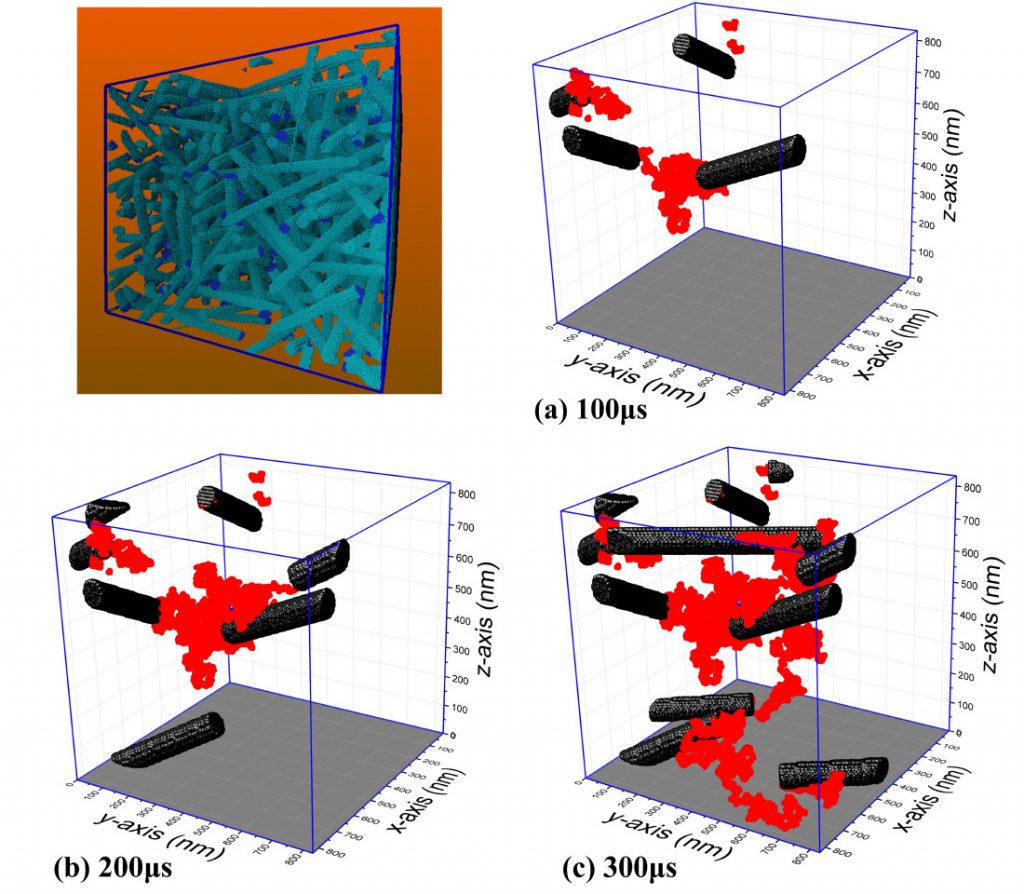Polymer membranes based on carbon nanotubes
Polymeric materials such as polycarbonate (PC), polystyrene (PS) and PMMA incorporating aligned carbon nanotubes show great potential for use as novel membrane systems. This happens because their nanoscale structures mimics the selective transport and extraordinarily fast flow possible in biological cellular channels with a wide range of potential applications. Indeed, it has been shown that membranes based on polymer encapsulation of aligned carbon nanotube (CNT) arrays exhibit unusual enhancements in transport rates and non-Knudsen selectivities for gas mixtures and water, mainly due to the almost frictionless interface at the carbon-nanotube walls. Thus, water flow rates through them are measured to be four to five orders of magnitude faster than conventional fluid flow would predict through pores of 7 nm diameter. CNTs are also imbedded in polymeric matrices in order just to achieve simply structural reinforcement (improvement of the mechanical properties of the resulting nanocomposites). Although a considerable amount of research has been devoted in the literature to understand the factors that govern mechanical strength and the barrier properties of CNT/polymer nanocomposites, a comprehensive understanding is still lacking. We try to fill this gap by pursuing a computational materials design approach which utilizes state-of-the-art multiscale modelling:
- It starts from the atomistic level and goes all the way up to predicting deformation and failure phenomena by establishing links between the various levels of description, thereby addressing different length and time scales. In this hierarchy, each level of modeling receives input from more fundamental levels and provides input to more coarse-grained ones
- It employs state-of-the-art computational methods at each level to address the relevant phenomena such as multiple time step and/or accelerated dynamics MD schemes and novel kinetic MC algorithms.
Our goal is predict the transport properties (solubility, diffusion, and pressure-driven flow rates) of small fluid molecules first through a CNT and then through the CNT-polymer membrane, for selected polymer chemistries and small penetrant molecules.
 Laboratory of Statistical Thermodynamics and Macromolecules
Laboratory of Statistical Thermodynamics and Macromolecules